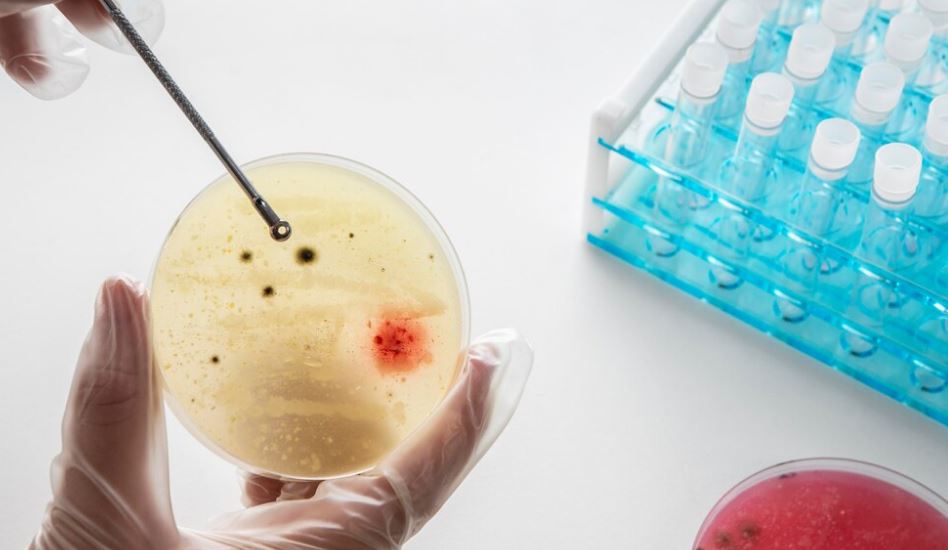
Each test, symptom, and gene provides a window into the larger picture, making the diagnosis of sickle cell anemia more like piecing together a complex mosaic of clues than it is like solving a straightforward puzzle. Many people are unaware of this hereditary disorder until their bodies start to give them warning signs, such as chronic fatigue, inexplicable pain, or unusually frequent infections. However, modern diagnostic technology allows medical professionals to detect the illness remarkably early, even before birth.
Doctors can identify whether a person has sickle cell trait or has the full-blown disease by combining conventional blood tests with incredibly powerful genetic screenings. Experts analyze the blood’s molecular makeup to identify the presence of aberrant hemoglobin S, much like a forensic analyst reconstructs a crime scene from fragmented evidence. Red blood cells are normally flexible disks, but this protein changes their shape and function, causing them to become rigid, sickle-shaped vessels that clog and kill.
Diagnostic Tools and Their Role in Identifying Sickle Cell Anemia
| Diagnostic Tool | How It Works | Why It Matters |
|---|---|---|
| Hemoglobin Electrophoresis | Separates different types of hemoglobin using an electrical field. | Exceptionally clear in identifying hemoglobin S, the hallmark of sickle cell. |
| Complete Blood Count (CBC) | Measures blood cell levels and looks for abnormalities. | Detects anemia and irregularities in red blood cells. |
| Peripheral Blood Smear | Microscope analysis of a drop of blood. | Reveals sickle-shaped cells in strikingly specific detail. |
| Sickle Cell Solubility Test | Tests if hemoglobin S precipitates under low oxygen conditions. | Particularly useful for screening, though not definitive alone. |
| Genetic Testing (DNA Analysis) | Analyzes mutations in the HBB gene responsible for sickle cell anemia. | Confirms diagnosis with high precision, especially in ambiguous or prenatal cases. |
| Newborn Screening | Blood from a heel prick is tested using high-performance liquid chromatography. | Exceptionally early detection—standard in all U.S. states. |
| Amniocentesis / Chorionic Sampling | Collects fluid or placental tissue for genetic analysis during pregnancy. | Diagnoses fetal sickle cell status before symptoms begin. |
| Transcranial Doppler Ultrasound | Measures brain blood flow in children to assess stroke risk. | A highly efficient method to predict and prevent severe complications. |
A physical examination is frequently the first task in clinical settings. Patients may present with symptoms that could be mistaken for something more common, such as pain, exhaustion, or recurrent infections. However, skilled clinicians look for more profound reasons behind these broad indicators. A common yet incredibly informative test, the CBC test usually shows abnormalities in cell shape and anemia. It’s a quantified cry for assistance from the blood.
Hemoglobin electrophoresis, a technique that is incredibly accurate in detecting the presence of hemoglobin S, provides even more clarity. In order to differentiate sickle cell anemia from other blood disorders, this test offers a diagnostic fingerprint that is remarkably effective. Imagine it like deciphering a special barcode that is incorporated into the body’s most important delivery system.
When it comes to newborns, timing is crucial. Every newborn in the US has had regular screening for sickle cell anemia since 2006. It only requires a few drops of blood from a heel prick. Unusual hemoglobin variants are found even before any outward symptoms manifest thanks to incredibly flexible methods like isoelectric focusing and high-performance liquid chromatography (HPLC).
Prenatal diagnostics provide an additional degree of assurance in cases where families have a known history of the illness. Doctors can check fetal DNA through chorionic villus sampling or amniocentesis to see if the child has the faulty gene. This early detection of the mutation allows expectant parents to confidently and with remarkable foresight plan medical care.
The transcranial Doppler ultrasound is one test that is frequently disregarded but is very helpful. This non-invasive scan assesses blood flow in the brain to assess the risk of stroke, a potentially fatal consequence of sickle cell anemia, in children as young as two years old. Children’s stroke rates have dramatically decreased as a result of routine monitoring, demonstrating how early detection leads to better results.
The diagnosis of sickle cell anemia is a triumph in the history of modern medicine. Previously discovered at a late stage and frequently associated with irreversible complications, this condition can now be identified and treated early. Using a wide range of tests, from radiological imaging to molecular biology, doctors are now more capable than ever of not only diagnosing the illness but also changing its course.
In the future, even more accuracy is anticipated with the incorporation of AI-driven diagnostics. Massive datasets from genetic screenings and blood tests are being analyzed to train machine-learning systems to detect abnormalities more quickly and precisely than in the past. It’s similar to having thousands of knowledgeable hematologists working in the background, silently, effectively, and impartially.
